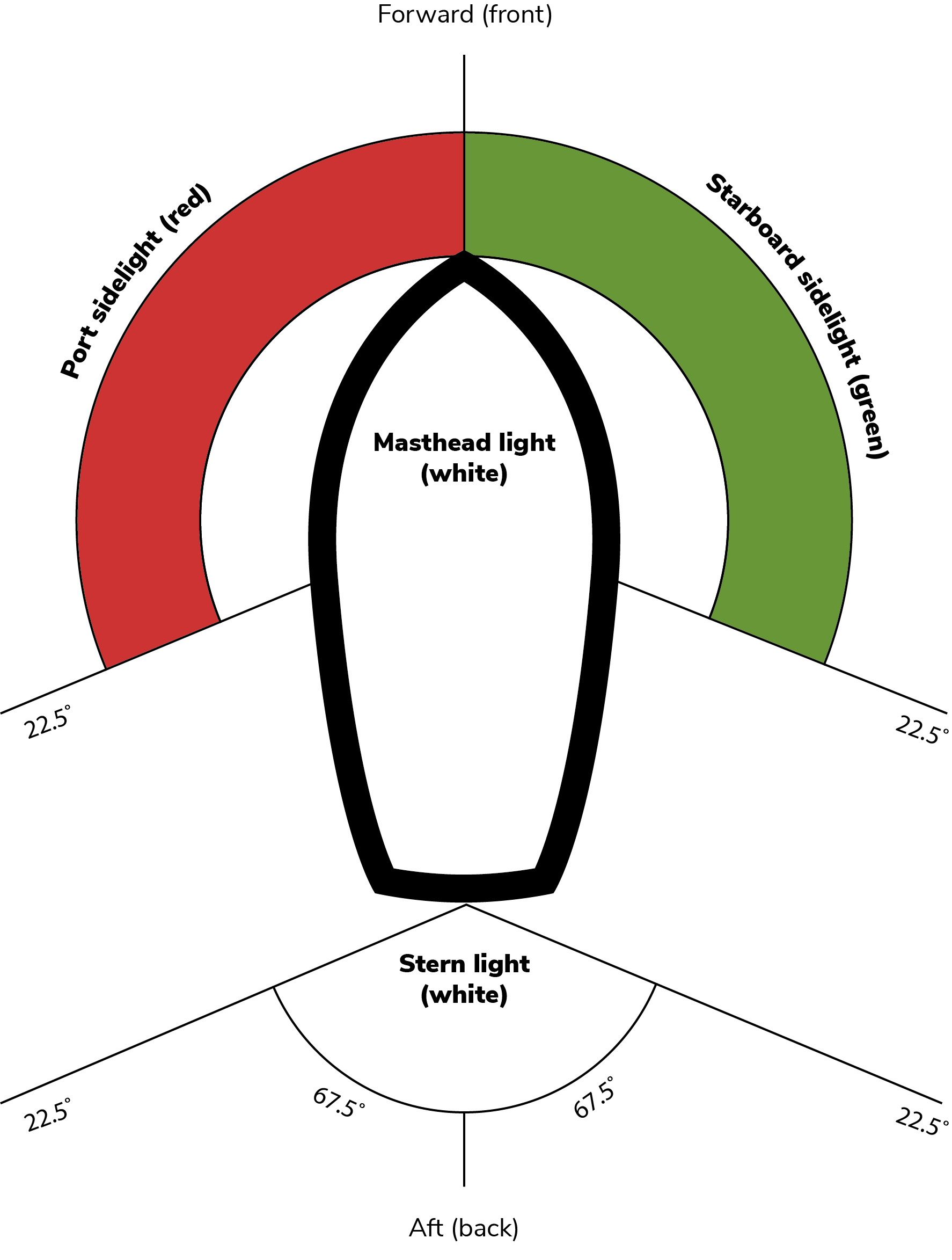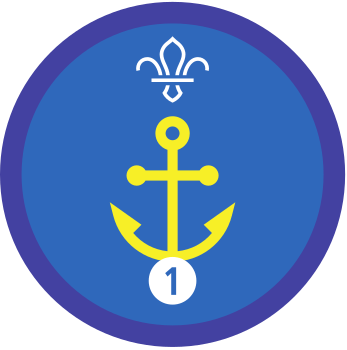
Port pilots
You’ll need
- Whistles
- Torch or phone
- Blindfolds
- Red and green filters for torches
Before you begin
- All nautical skills are best practised out on the water with someone who has the relevant knowledge and experience. While you’re waiting to get out there, try this taster activity to get a flavour of what you’ll be getting up to.
- Find out what navigators at sea, or ‘pilots’, might need to know to do their jobs. Generally, they’ll need a detailed understanding of a particular area to safely navigate a boat or ship through tides, currents and port obstacles.
- Mark out a ‘port’ in the activity area. This can be as simple or complex as you like.
Port pilots
- Split everyone into pairs and give each pair a blindfold.
- Pairs should decide whether they’d prefer to stand in the port or whether they’d like to try and enter it from the sea. Encourage everyone to think about what noises a ship might make in either circumstance.
- Pairs should use the ‘Nautical sound signals’ sheet to guide their ships safely through the port. Use whistles as the ships’ horns.
- Each pair should choose which of them wears the blindfold and which of them will be the pilot. The blindfolded person will act as the ship.
- The pilot should use the whistle and the key above to guide their partner through the port to their destination point. When they’ve done this, they should swap roles and try again.
- Once everyone’s got the hang of this, share with the groups this information about nautical navigation:
All ships are required to put coloured lights in specific positions to help other ships know where they are and which way they’re facing and travelling. This image shows which colour lights must be used and which direction they need to face:

- One of the main jobs of a pilot is to understand local tides, current and eddies and how they affect boats or ships passing through.
- A high bridge with plenty of clearance might at low tide become impassable at high tide, while an easy, straight section of water might be changed completely by a strong hidden current.
- More detailed information on tides and currents and how they affect nautical travel can be found via Ocean service.
Reflection
A ship's captain has the responsibility of keeping their crew, passengers and cargo safe, and may be the most important and knowledgeable person on board the ship. The best captains will recognise when they need help from a specialist pilot to travel safely.
While it can be tempting for a leader to make all the decisions and think they know best, recognising and putting to use the skills of those around you is the mark of a genuinely great leader. Letting pride affect your decision-making could lead to things going wrong, which will in turn affect the morale of your team. Next time you find yourself in a situation where you need to show leadership skills, think about the skills of those around you and see if there is an opportunity to use them to help the team.
Safety
All activities must be safely managed. You must complete a thorough risk assessment and take appropriate steps to reduce risk. Use the safety checklist to help you plan and risk assess your activity. Always get approval for the activity, and have suitable supervision and an InTouch process.
- Active games
The game area should be free of hazards. Explain the rules of the game clearly and have a clear way to communicate that the game must stop when needed. Take a look at our guidance on running active games safely.
- Designing your port differently is a great way to adjust the difficulty of this activity. A nice simple port with a few turns is a great way to get started, but it can be made very complicated by adding obstacles, more ships or even periodic tide changes and strong currents.
- Consider adding torches with red and green filters to the activity to act as the signalling lights on the ships.
- Instead of physically moving around your space this activity could be scaled down and done on a table with small models instead.
- Anyone uncomfortable wearing a blindfold could shut their eyes instead.
All Scout activities should be inclusive and accessible.
Try looking up maps of different ports online that you could replicate in the meeting place to try out. Eventually, you should try heading out onto the water with someone experienced to put your new skills to the test.
Allowing young people to design their port with different obstacles and challenges can help them to push themselves. Tailor this activity with their feedback in mind to help work on the different skills they’d like to improve.
